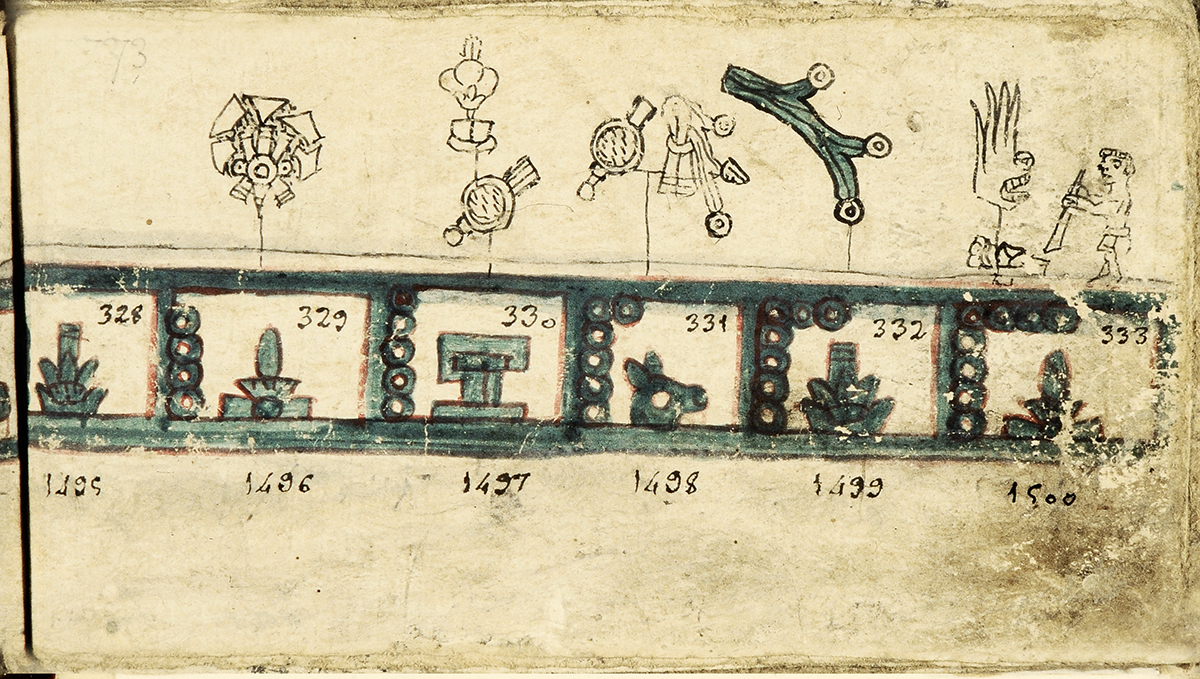The Aztec language translator unveils the enigmatic secrets of the ancient Aztec civilization, bridging the gap between the past and present. This comprehensive guide delves into the intricacies of Aztec linguistics, exploring its historical origins, geographical distribution, and grammatical structure.
As we journey through the challenges and complexities of Aztec language translation, we uncover the methods and tools employed to decipher extinct texts and inscriptions. The discussion highlights the practical applications of Aztec language translation in diverse fields, shedding light on its significance in historical research, cultural preservation, and linguistic studies.
Aztec Language Overview

The Aztec language, also known as Nahuatl, is an indigenous language spoken by the Nahua people of Mexico and Central America. It is a member of the Uto-Aztecan language family, which includes languages spoken throughout the western United States and Mexico.
The Aztec language has a rich history, dating back to the pre-Columbian era. It was the official language of the Aztec Empire, which ruled over much of central Mexico from the 14th to the 16th centuries. After the Spanish conquest of Mexico, the Aztec language was suppressed, but it survived and is still spoken by millions of people today.
Geographical Distribution and Dialects
The Aztec language is spoken in a wide area of Mexico and Central America, including the states of Mexico, Puebla, Hidalgo, Tlaxcala, Veracruz, Guerrero, Oaxaca, and Chiapas. There are also significant populations of Nahua speakers in the United States, particularly in California and Texas.
There are many different dialects of the Aztec language, each with its own unique pronunciation, grammar, and vocabulary. The most widely spoken dialect is Central Nahuatl, which is spoken in the central highlands of Mexico. Other dialects include Huasteca Nahuatl, spoken in the Huasteca region of Mexico, and Pochutec Nahuatl, spoken in the Isthmus of Tehuantepec.
Structure and Grammar
The Aztec language is a complex and highly structured language. It has a rich system of consonants and vowels, and its grammar is based on a system of prefixes and suffixes. The language is also characterized by its use of a number of grammatical particles, which serve to indicate the mood, tense, and aspect of verbs.
The Aztec language is a valuable source of information about the history and culture of the Nahua people. It is also a beautiful and expressive language, and it is a testament to the resilience of the Nahua people.
Aztec Language Translation Challenges
Translating the Aztec language presents significant challenges due to its extinct nature. With no living native speakers, deciphering and interpreting Aztec texts and inscriptions relies heavily on linguistic analysis, historical context, and interdisciplinary collaboration.
Limitations and Difficulties
- Incomplete Corpus:The surviving Aztec corpus is fragmentary and limited, with many texts damaged or lost over time.
- Complex Writing System:Aztec writing employed a combination of logographic and syllabic elements, making it challenging to decipher without a Rosetta Stone or a comprehensive bilingual dictionary.
- Cultural Context:Understanding Aztec texts requires deep knowledge of the cultural and historical context in which they were created.
Methods to Overcome Challenges
- Linguistic Analysis:Scholars employ comparative linguistics and linguistic reconstruction techniques to identify patterns and decipher unknown words and phrases.
- Historical Context:Historians and archaeologists provide insights into the cultural and historical context, shedding light on the meaning and significance of Aztec texts.
- Interdisciplinary Collaboration:Linguists, historians, and archaeologists work together to triangulate their findings and gain a more comprehensive understanding of Aztec language and culture.
Aztec Language Translation Tools: Aztec Language Translator

The development of Aztec language translation tools and resources has been crucial in preserving and revitalizing the language. These tools assist researchers, scholars, and language enthusiasts in understanding, translating, and sharing Aztec texts and materials.
Existing Aztec Language Translation Tools
- Nahuatl Dictionary: Provides a comprehensive database of Nahuatl words and their English translations, along with grammatical information and examples.
- Nahuatl-English Online Translator: Offers instant translation of Nahuatl text into English, utilizing machine learning algorithms.
- Aztec Codices Digital Library: A vast collection of digitized Aztec codices, manuscripts, and historical documents, providing access to original Aztec texts for research and study.
- Nahuatl Language Learning Apps: Interactive mobile applications designed to teach Nahuatl vocabulary, grammar, and pronunciation, facilitating language acquisition.
Accuracy and Reliability of Aztec Language Translation Tools
While these tools offer valuable assistance in Aztec language translation, it’s important to evaluate their accuracy and reliability. Machine translation tools, for instance, may produce translations that require human review and refinement to ensure accuracy and cultural sensitivity.
- Strengths: Provide convenient and accessible resources for understanding Aztec texts, facilitate language learning, and support research.
- Weaknesses: Accuracy may vary depending on the tool used, and human intervention is often necessary to ensure faithful translation.
Potential Improvements and Future Developments
Ongoing research and advancements in natural language processing (NLP) hold promise for enhancing Aztec language translation technology. Future developments may include:
- Improved Machine Translation: Refining machine learning algorithms to enhance the accuracy and fluency of Aztec translations.
- Contextual Translation: Developing tools that consider the cultural and historical context of Aztec texts, leading to more nuanced and accurate translations.
- Collaboration and Community Involvement: Fostering collaboration between linguists, researchers, and native speakers to refine translation tools and ensure their cultural relevance.
Aztec Language Translation Applications
Aztec language translation finds practical applications in various fields, contributing to our understanding of ancient civilizations, historical research, cultural preservation, and linguistic studies.
In historical research, Aztec language translation allows scholars to decipher ancient texts, such as the Codex Mendoza and the Codex Florentino, providing valuable insights into the Aztec Empire’s history, culture, and political structure.
Cultural Preservation
Translation efforts help preserve the Aztec language and culture for future generations. By translating ancient texts and contemporary materials into modern languages, we can ensure that the Aztec heritage remains accessible and understood.
Linguistic Studies
Aztec language translation contributes to linguistic studies by providing insights into the structure, grammar, and vocabulary of the Nahuatl language. This helps linguists understand the evolution of languages and the relationships between different language families.
Historical Understanding, Aztec language translator
Through Aztec language translation, we gain a deeper understanding of the Aztec civilization. Translated texts reveal details about their beliefs, customs, social organization, and technological advancements.
Aztec Language Translation Best Practices
Establishing effective guidelines for Aztec language translation is crucial to ensure accuracy and authenticity. Collaboration between linguists, historians, and cultural experts is essential to preserve the integrity of Aztec texts and inscriptions during translation.
Collaboration
Collaboration among linguists, historians, and cultural experts is essential to ensure accurate and culturally sensitive translations. Linguists provide linguistic expertise, while historians and cultural experts provide context and insights into the historical and cultural significance of the texts.
Preservation
Preserving the integrity of Aztec texts and inscriptions during translation is paramount. Translators should strive to maintain the original structure, style, and meaning of the texts. This includes preserving the use of specific terms, phrases, and symbols that may have cultural or historical significance.
Outcome Summary
This exploration of Aztec language translation concludes with best practices, emphasizing the importance of collaboration and authenticity in preserving the integrity of ancient texts. The narrative underscores the ongoing advancements in Aztec language translation technology, promising new insights into the enigmatic world of the Aztec civilization.
Expert Answers
What is the significance of Aztec language translation?
Aztec language translation plays a crucial role in deciphering ancient Aztec texts, providing insights into their history, culture, and beliefs. It contributes to our understanding of pre-Columbian civilizations and enriches our knowledge of linguistic diversity.
How do we overcome the challenges of translating an extinct language like Aztec?
Translating Aztec requires a multidisciplinary approach, combining linguistic analysis with historical context and cultural expertise. Scholars employ comparative linguistics, decipherment techniques, and epigraphy to interpret ancient inscriptions and texts.
What are the practical applications of Aztec language translation?
Aztec language translation finds applications in various fields, including historical research, cultural preservation, and linguistic studies. It aids in the interpretation of ancient artifacts, the reconstruction of Aztec history, and the preservation of indigenous languages.